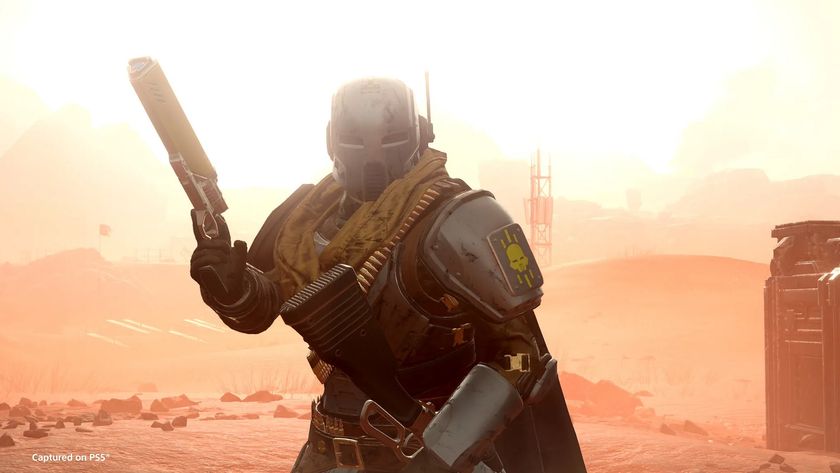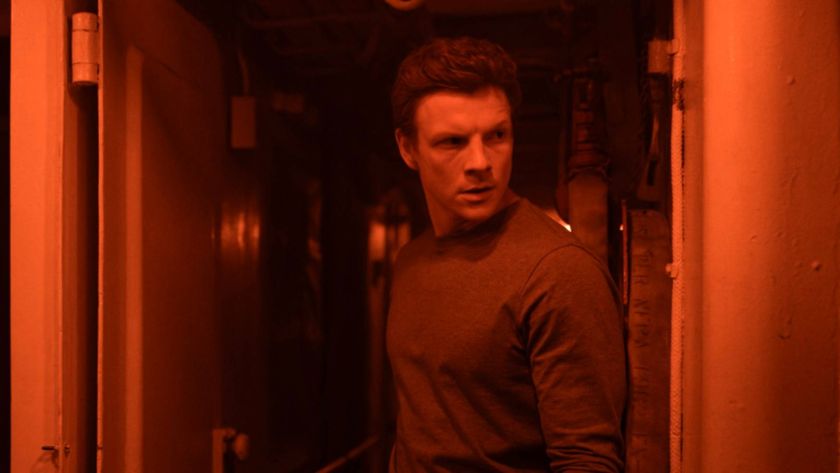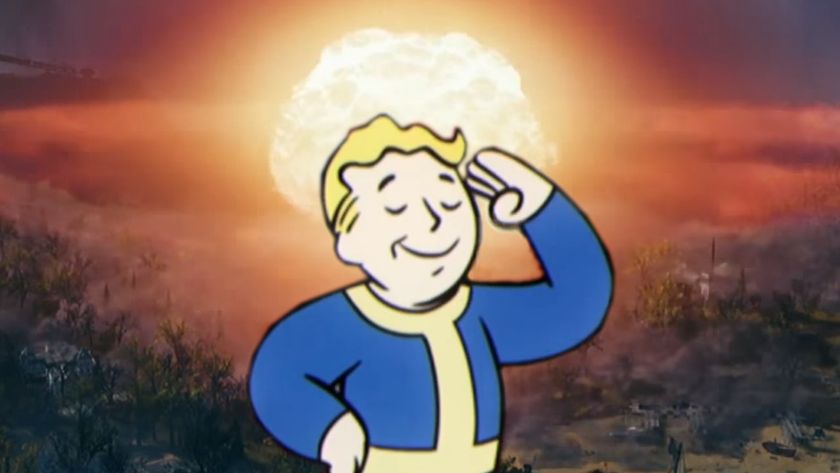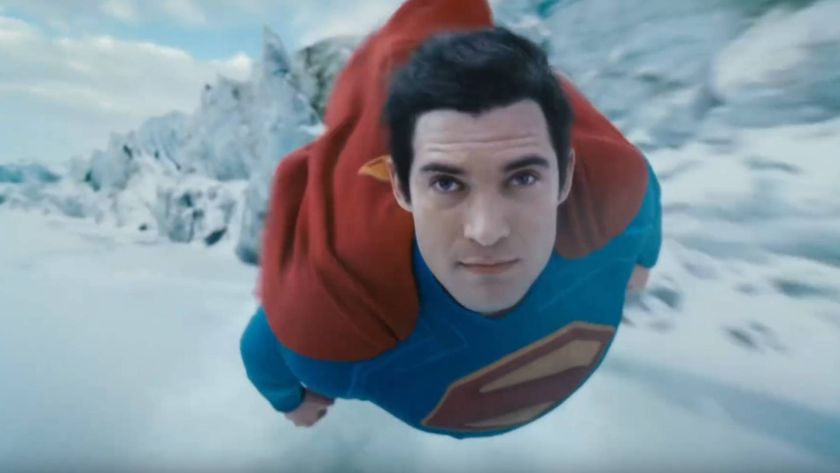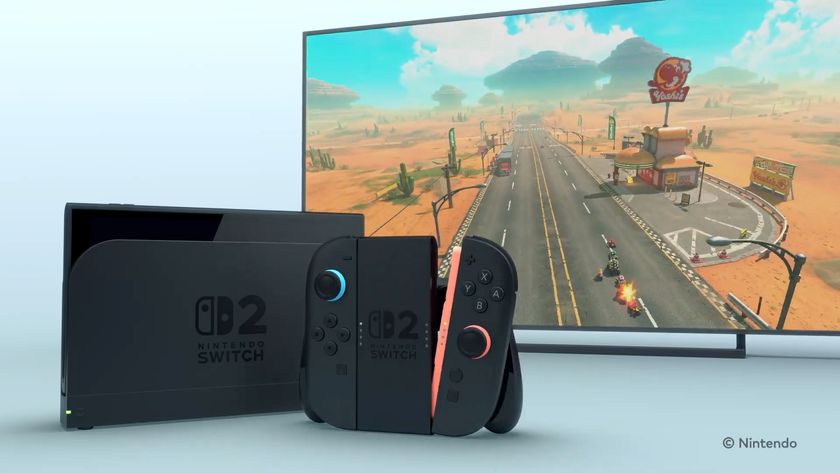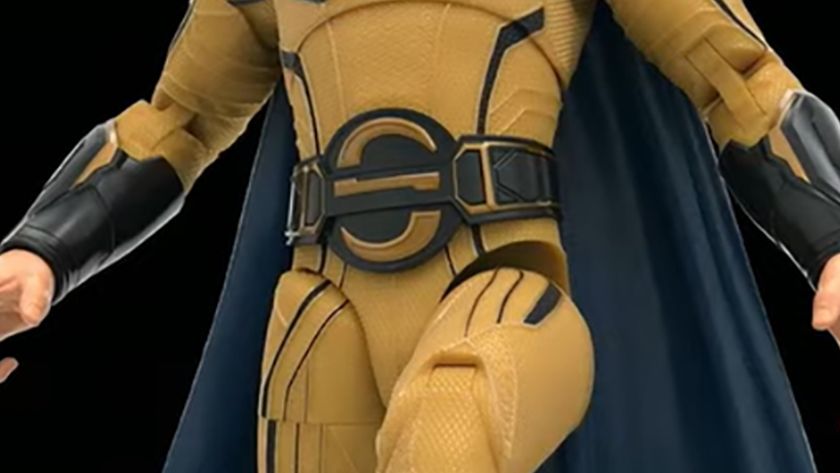Anyone who played the Crash Bandicoot N.Sane Trilogy back in 2017 will tell you that the adventures of this beloved bipedal marsupial are no walk in the park, and the same can be said for Crash Bandicoot 4: It's About Time.
Thankfully, developer Toys for Bob has gone above and beyond to make sure everybody can enjoy this official sequel to the original trilogy at their own level and pace, thanks to the option to choose between two playstyle modes.
The first, Retro Mode, is your classic Crash Bandicoot bread and butter experience, with a finite life system that can result in Game Over states, resetting the entire level you were playing, no matter how close you were to the end.
Luckily, Modern mode is a new alternative that can ease the burden for those looking to complete Crash Bandicoot 4: It's About Time and put a stop to Neo Cortex's nefarious meddlings with the multiverse. This setting gives Crash an infinite number of lives, simply restarting the player back at the last activated checkpoint whenever they die, no matter how many times that might be.
It's worth mentioning that you can swap and switch between Retro and Modern mode at the main menu whenever you please throughout Crash 4, too, so don't worry about locking yourself into a decision when the game asks which setting you'd prefer upon first booting it up.
It's just one of several appreciated features that reveal how Toys to Bob is staying true to Crash's roots with It's About Time, while also offering a more customisable experience that caters to all ages and stages.
Sign up to the 12DOVE Newsletter
Weekly digests, tales from the communities you love, and more
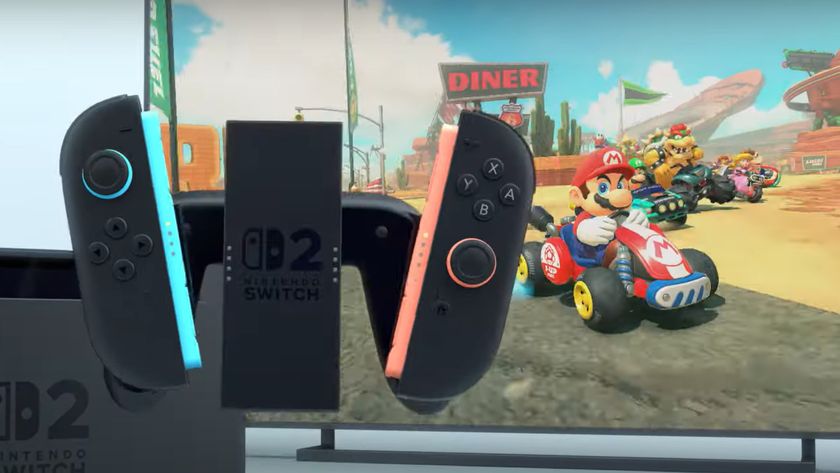
Ex Nintendo PR managers say the Switch 2 generation is likely to see the retirement of "several of the major developers at Nintendo who we have known for 40 something years"
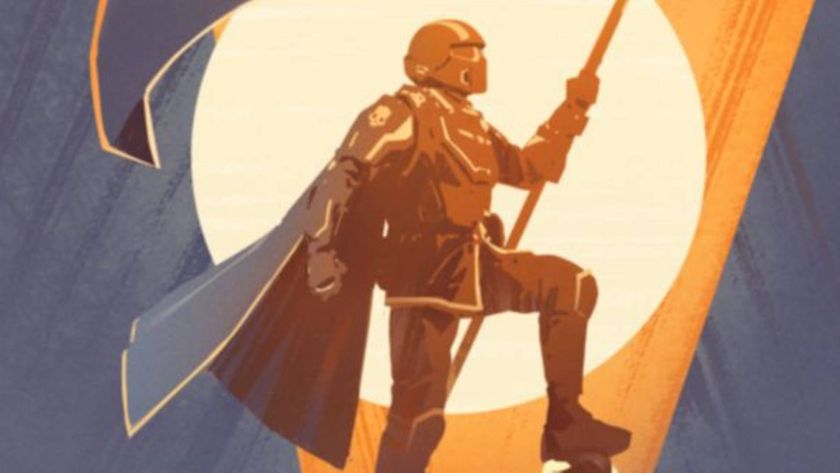
Helldivers 2 CEO says industry layoffs have seen "very little accountability" from executives who "let go of one third of the company because you made stupid decisions"
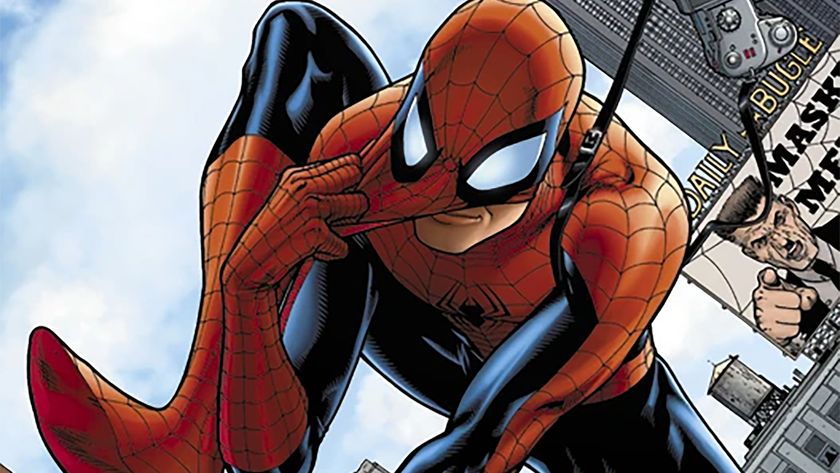
Spider-Man: Brand New Day - How Peter Parker and Mary Jane's break up led to one of the wall-crawler's most transformative comic eras
